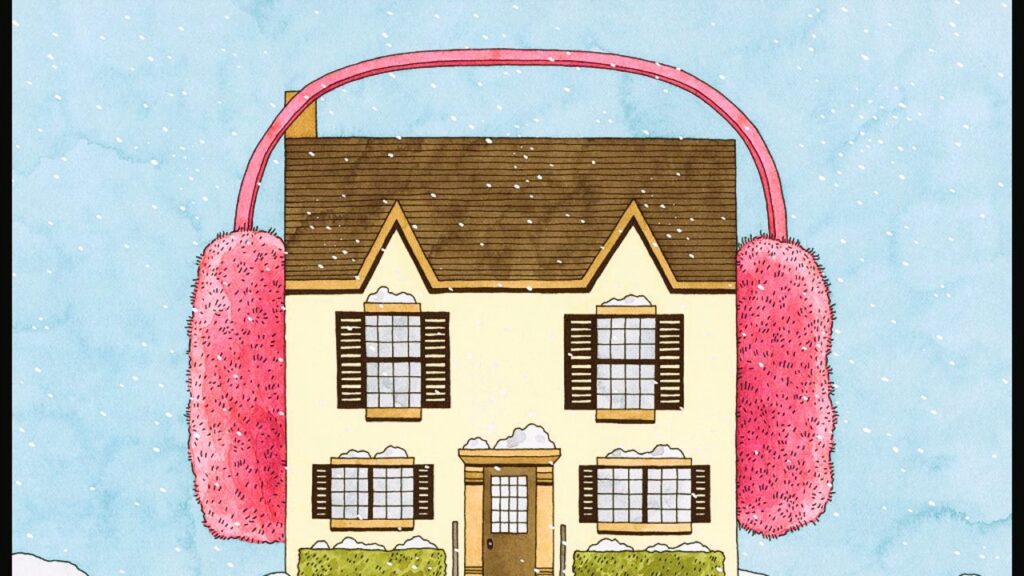
Tips for Winterizing Your Home and Saving Energy
As the winter season approaches, ensuring that your home is properly winterized is not only essential for your comfort but also for your wallet and the environment. Cold weather can lead to higher energy bills, as your home’s heating system works harder to maintain a comfortable temperature. In this article, we will explore some valuable tips for winterizing your home and saving energy, which can help you stay warm, reduce your energy consumption, and lower your carbon footprint.
Why Winterize Your Home?
Winterizing your home is crucial for several reasons:
- Energy Savings: Proper winterization can significantly reduce your energy consumption, leading to lower heating bills.
- Comfort: A well-insulated and draft-free home ensures that you and your family stay warm and comfortable throughout the winter.
- Environmental Impact: Lower energy consumption means reduced greenhouse gas emissions, which contribute to climate change. Winterizing your home is a small but meaningful step toward a more sustainable future.
- Home Maintenance: Winterizing your home also helps protect it from potential damage caused by cold temperatures, ice, and snow.
Tips for Winterizing Your Home
- Seal Leaks and Gaps: Check your windows and doors for drafts. Apply weatherstripping or caulking to seal any gaps. Pay special attention to areas around windows, doors, and pipes.
- Upgrade Insulation: Insulating your home is one of the most effective ways to retain heat. Make sure your attic, walls, and floors are adequately insulated.
- Service Your Heating System: Have your heating system serviced by a professional. Clean or replace air filters regularly to ensure efficient operation.
- Use a Programmable Thermostat: Install a programmable thermostat to regulate your home’s temperature. Lower the thermostat when you are not at home or at night.
- Seal Ducts: If you have a forced-air heating system, seal any leaks or gaps in the ducts to prevent heat loss.
- Install Storm Windows: Storm windows can provide an additional layer of insulation for your windows. If you can’t install storm windows, consider using insulating window film.
- Close Curtains and Blinds: Close curtains and blinds at night to reduce heat loss through windows. During the day, open them to let sunlight in for natural warmth. Consider the detailed relationship between window renovation and energy saving, more details here.

- Use Draft Stoppers: Use draft stoppers on exterior doors to keep cold air out. You can purchase these or make your own with a simple DIY project.
- Prevent Frozen Pipes: Insulate pipes in unheated areas to prevent freezing. Keep faucets dripping in extremely cold weather to prevent pipe bursts.
- Install a Door Sweep: Place a door sweep at the bottom of exterior doors to block drafts and keep the cold air out.
- Replace Incandescent Bulbs: Incandescent bulbs waste a lot of energy as heat. Switch to energy-efficient LED or CFL bulbs, which generate less heat and save electricity.
- Use Space Heaters Wisely: If you use space heaters, make sure they are energy-efficient models and only heat the rooms you are using. Turn them off when you leave the room.
- Maintain Your Fireplace: If you have a fireplace, close the damper when it’s not in use. Consider installing a fireplace insert to improve heating efficiency.
- Clean Gutters and Downspouts: Clean gutters and downspouts to prevent ice dams, which can damage your roof and lead to leaks.
- Rearrange Furniture: Ensure that furniture is not blocking heating vents. Allow warm air to flow freely through your rooms.
- Check Insulation in the Garage: If your home has an attached garage, check for insulation and seal any gaps or cracks in the walls and ceiling.
- Plant Windbreaks: Plant windbreaks like shrubs or trees near your home to block cold winds and reduce heat loss.
- Close Unused Rooms: Close off unused rooms to reduce the space that needs to be heated.
- Upgrade to Energy-Efficient Windows: If your budget allows, consider upgrading to energy-efficient windows that offer better insulation.
- Check for Rebates and Incentives: Look for government rebates or incentives for energy-efficient home upgrades.
Government Standards and Regulations
When it comes to winterizing your home and making energy-efficient upgrades, it’s essential to be aware of government standards and regulations. In Canada, for example, Canada.ca provides information on energy efficiency and offers guidance on energy-saving measures for homes. Many provinces and territories also have their own energy efficiency programs and incentives to encourage homeowners to reduce their energy consumption.
Conclusion
Winterizing your home and implementing energy-saving measures can have a significant impact on your comfort, finances, and the environment. By following these tips and taking steps to improve your home’s energy efficiency, you can stay warm during the winter months while reducing your carbon footprint and saving money on energy bills. Winterizing your home is an investment in both your well-being and a more sustainable future.
